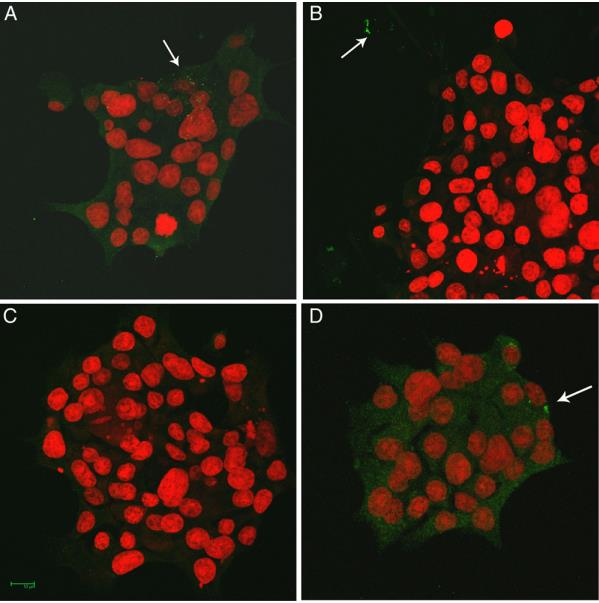ΤΟ ΑΓΛΥΚΟ ΤΗΣ ΕΛΕΥΡΩΠΑΪΝΗΣ ΠΡΟΛΑΜΒΑΝΕΙ ΚΑΙ ΕΠΙΒΡΑΔΥΝΕΙ ΤΗΝ ΕΞΕΛΙΞΗ ΤΟΥ ΔΙΑΒΗΤΗ ΤΥΠΟΥ II

Το Άγλυκο της ελευρωπαΐνης αποτρέπει την κυτταροτοξική συσσώρευση αμυλοειδούς της ανθρώπινης αμυλίνης.
Σε αυτή τη μελέτη η Rigacci και η ερευνητική της ομάδα διερεύνησαν την επίδραση του άγλυκου της ελευρωπαΐνης στη συσσώρευση αμυλίνης και την κυτταροτοξικότητα. Οι παγκρεατικές εναποθέσεις αμυλοειδούς αμυλίνης είναι χαρακτηριστικό γνώρισμα του διαβήτη τύπου II και αρκετά στοιχεία δείχνουν ότι τα ολιγομερή αμυλίνης είναι κυτταροτοξικά για τα βήτα κύτταρα. Το άγλυκο της ελευρωπαΐνης είναι ένα φυσικό μόριο, που θα μπορούσε να εμποδίσει τη συσσώρευση αμυλίνης ή να προστατεύσει τα κύτταρα από την κυτταροτοξικότητα των συσσωματωμάτων.
Οι ερευνητές διαπίστωσαν ότι η ελευρωπαΐνη αγλυκόνη, όταν υπήρχε κατά τη συσσωμάτωση της αμυλίνης, εμπόδιζε σταθερά την κυτταροτοξικότητά της στα βήτα κύτταρα του παγκρέατος RIN-5F, Η έλλειψη αλληλεπίδρασης με την κυτταρική μεμβράνη των συσσωματωμάτων αμυλίνης που αναπτύσσονται παρουσία ελευρωπεΐνης φάνηκε με μικροσκόπιο φθορισμού και διαπερατότητα συνθετικών κυστιδίων λιπιδίων. Επιπλέον, η ανάλυση ThT, η ανάλυση κυκλικού διχρωμισμού και οι εικόνες ηλεκτρονικής μικροσκοπίας πρότειναν ότι η ελευρωπαΐνη παρεμβαίνει στη συσσώρευση αμυλίνης, με αποτέλεσμα μια διαφορετική διαδρομή να παρακάμπτει το σχηματισμό τοξικών προ-ινιδικών συσσωματωμάτων.
Αυτά τα αποτελέσματα παρέχουν δεδομένα για την πιθανή φαρμακολογική χρήση του άγλυκου της ελευρωπαΐνης για την πρόληψη ή την επιβράδυνση της εξέλιξης του διαβήτη τύπου II.

Fig. 2. (A) Cells treated with hIAPP. (B) Cells treated with hIAPP incubated with oleuropein. (C) Control, untreated cells. (D) Cells treated with hIAPP that was aged without oleuropein and given to cells together with oleuropein.
